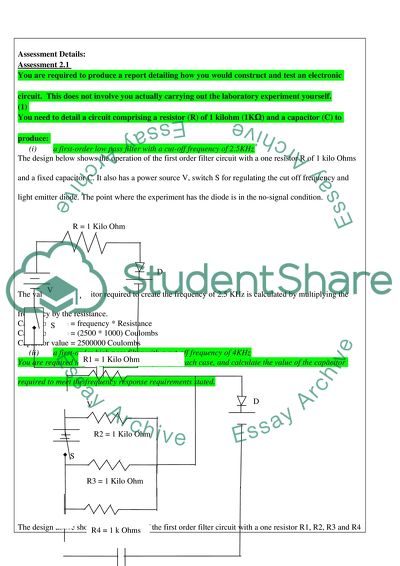Cite this document
(“A Circuit Comprising a Resistor and Capacitor Assignment”, n.d.)
A Circuit Comprising a Resistor and Capacitor Assignment. Retrieved from https://studentshare.org/physics/1802385-re-assessment-21-comprises-production-of-a-report-to-detail-how-you-would-build-and-test-a-filter-circuit
A Circuit Comprising a Resistor and Capacitor Assignment. Retrieved from https://studentshare.org/physics/1802385-re-assessment-21-comprises-production-of-a-report-to-detail-how-you-would-build-and-test-a-filter-circuit
(A Circuit Comprising a Resistor and Capacitor Assignment)
A Circuit Comprising a Resistor and Capacitor Assignment. https://studentshare.org/physics/1802385-re-assessment-21-comprises-production-of-a-report-to-detail-how-you-would-build-and-test-a-filter-circuit.
A Circuit Comprising a Resistor and Capacitor Assignment. https://studentshare.org/physics/1802385-re-assessment-21-comprises-production-of-a-report-to-detail-how-you-would-build-and-test-a-filter-circuit.
“A Circuit Comprising a Resistor and Capacitor Assignment”, n.d. https://studentshare.org/physics/1802385-re-assessment-21-comprises-production-of-a-report-to-detail-how-you-would-build-and-test-a-filter-circuit.


